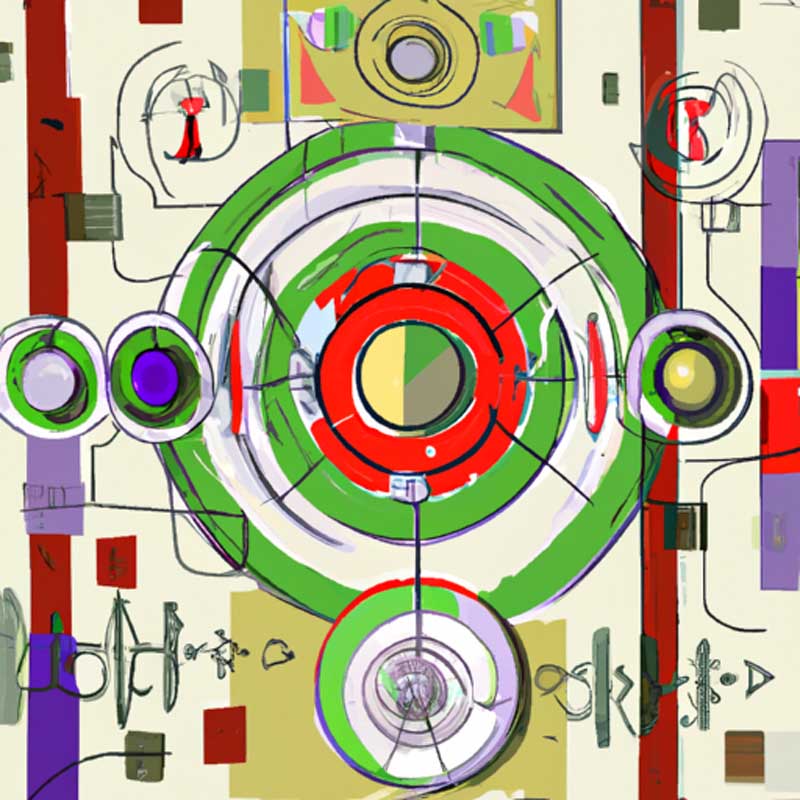TLDR:
- Skanska is using AI-backed robots from Nextera Robotics to speed up construction and improve safety at a new residential tower in Seattle.
- The robots take high-resolution, 360-degree photographs of the site, which are uploaded to an AI platform to track progress, ensure quality, and monitor safety compliance.
A couple of high-tech workers are part of the crew helping to construct a new residential tower in Seattle’s Belltown neighborhood. They roll through the place, take a bunch of pictures, upload everything to an artificial intelligence platform, and in the process speed up the project and improve safety along the way. Skanska, the project development and construction company with offices in Seattle, is using two autonomous robots from Boston-based Nextera Robotics as it helps build out Kaye, a 31-story apartment building. The pilot program is the first of its kind on the West Coast.
Through the use of high-resolution, 360-degree photography, the Didge robots give architects and Skanska’s development team near-constant eyes on a project site. Stewart Germain, Skanska’s director of innovation, said if a human was sent out to capture the images it would take 40 hours per week. The Didge bots free up those humans for other tasks. And Germain said Nextera’s technology takes four things his company is already doing on job sites and rolls them into a single platform.
Photography is the leading concern, according to Germain, and it provides immediate value to the project team. The autonomous bots can navigate the site, climb stairs, and capture high-def images from the same location every time they leave the charger. On the safety side, Nextera’s AI analyzes the imagery for lapses in proper job site conduct and compliance with regulations. The software can spot whether a worker is not wearing gloves or improperly using a ladder, or it will notice an uncovered hole in the floor or inadequate lighting, and flag such things in a direct report to safety personnel.
The Didge robots are actually the second robot solution on the Kaye site. A subcontractor handling framing and drywall work is using a robot from Dusty Robotics that relies on the BIM model to print directly on concrete slabs where walls and more are supposed to go. Germain, who calls himself a “recovering architect,” has been at Skanska for about 12 years, including two as the innovation lead. With safety monitoring, the neural networks are trained to detect hundreds of things based on OSHA requirements as well as the standards of clients like Skanska.
